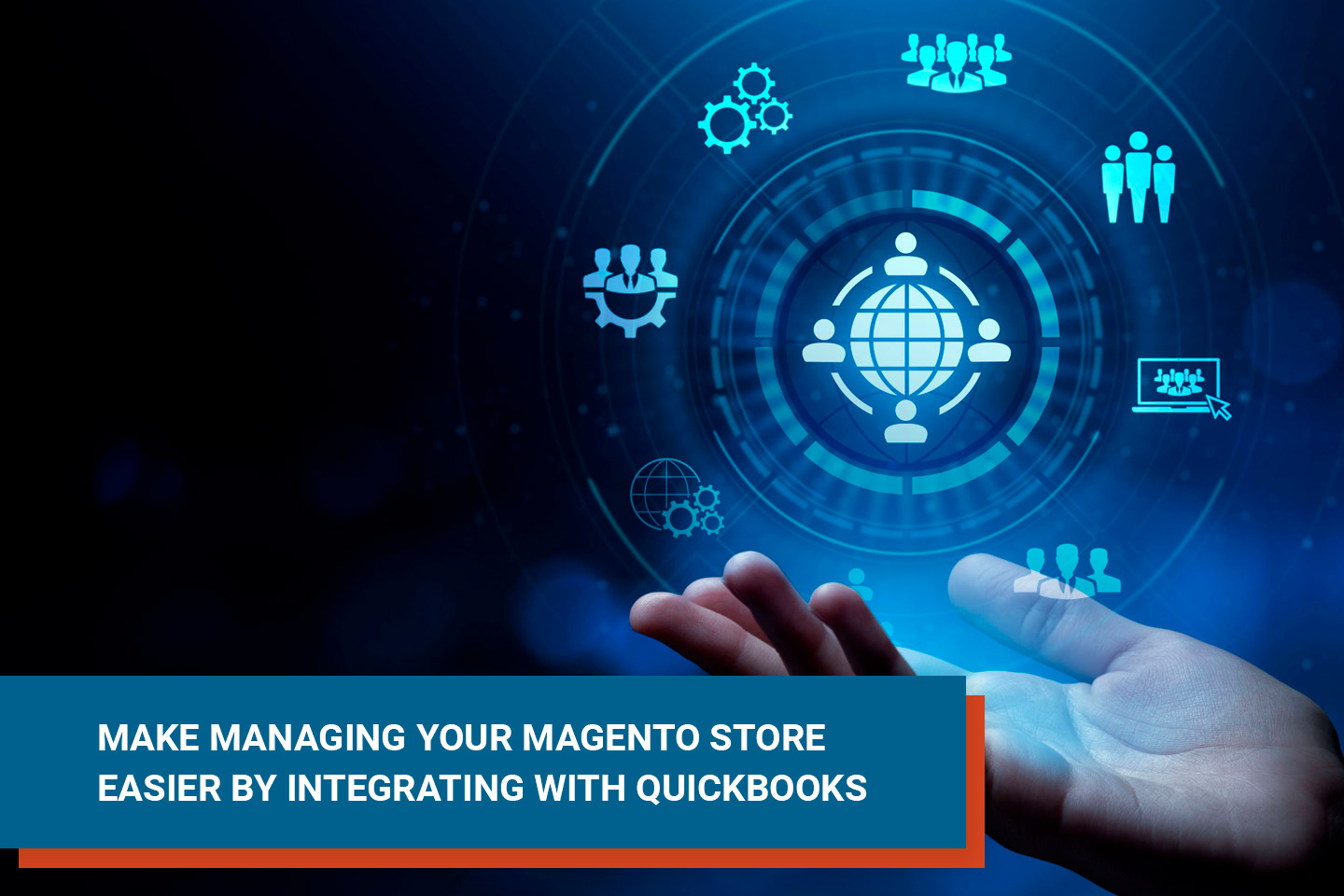Protect Yourself & Your Customers with Salesforce Backup Solutions
 Igor Krasnykh
·
4 minute read
Igor Krasnykh
·
4 minute read

If you’re running Salesforce without proper backup and restoration services in place, you’re risking a lot of extremely valuable data!
When dealing with any mission-critical data, there should be a backup and restoration solution protecting it. This is just best practice when it comes to managing IT systems. There are so many ways a database could get corrupted. From hardware failure to human error, to the possibility of criminal activity – such as “ransomware” cryptographic viruses – a standalone database is extremely vulnerable.
This is particularly true when it comes to Salesforce and your Customer Relationship Management (CRM) database. Your CRM holds thousands, even millions of customer records – including all historical sales information, as well as everything relevant to the customers in case they need post-sale support. Losing this database could be absolutely devastating to a business with a large number of customers. Beyond the immediate challenges of maintaining business continuity, you’d also lose one of your best sources of business intelligence for trend tracking and future planning.
In short, anyone who’s running Salesforce without a backup solution is taking a big risk. Let’s take a deeper look into the problem.
1. How Salesforce Databases Can Be Damaged or Destroyed
One of the reasons that CRMs are so vulnerable to damage or data loss is that so much activity is occurring within them daily. Hundreds or even thousands of users may be modifying the database every day. When there’s that much access to a valuable system, the chances of mishap rise dramatically.
For example:
- Mass Data Import Fails – Admins can make sweeping changes to thousands of records at a time, through mass importation tools such as Salesforce’s Data Loader. Should a mistake be made, those changes could effectively wipe out all the old accurate data, with no immediate way of undoing the changes;
- Poorly-Planned Automation – On larger Salesforce databases, it’s commonplace to have automated scripts to handle a lot of the low-level maintenance. However, should one of these have a bug or go rogue, it could rewrite huge amounts of data before the problem is caught;
- Basic User Errors – To err is human, and every time someone makes a change to the database, it can introduce problems. You shouldn’t be relying on thousands of employees to all perform perfectly; that’s not a long-term solution;
- Malicious Activity – “Ransomware” is a form of cybercrime that cryptographically encodes vital systems and databases, making them inaccessible unless the victim pays a bounty to be given the crypto keys that unencrypt their data. This is currently one of the most commonplace forms of cybercrime, and having robust backups is your only truly reliable protection against it. Otherwise, if your CRM got hit with a crypto attack, you’d be looking at a very costly – and very embarrassing – situation trying to restore the data.
Also, another important point to remember is that both your data and your metadata require backups.
The primary data, including customer records and purchase histories, and such, is going to be your biggest concern. However, metadata is also important. This includes everything attached to your Salesforce deployments such as configuration files, custom page layouts, Apex triggers, and more. Losing the metadata could cripple a Salesforce deployment, and the more custom configurations you have, the harder it would be to manually restore to full working order.
2. Internal Backup Solutions Within Salesforce
Salesforce itself isn’t entirely without options for backing up your data, but they’re limited. Also, there are multiple ways of doing backups, each with their own advantages and disadvantages, which can make it difficult to determine the best option for your operation.
When it comes to backing up the main data, you could use:
- Data Export Service – This allows you to either manually back up the main data, or have scheduled backups happen automatically. The data goes into CSV files. However, this is something of a “fire and forget” option without much customization;
- Data Loader – The Data Loader also includes an export option. This has to be done manually every time, and is significantly more complicated than Data Export Service – but also offers more control and options in how the data is exported;
- Report Export – If you only want to save certain records, they can be exported via reports – but this won’t save your entire system.
Likewise, there are a few different ways to back up your metadata:
- Change Sets – This can be used to copy metadata from one Salesforce org to another, such as moving configuration from a sandbox environment to your main deployment. However, it’s only good for making 1:1 copies;
- Sandbox Refresh – This makes a fresh copy of a sandbox, taken directly from a Production org. But that’s all it does;
- Force.com Migration – This tool can move changes from one org to another, with more advanced options for copying and backup. However, being a command-line interface means that it’s fiddly and difficult for non-expert users to properly utilize.
Finally, if you did lose all your data, it is possible to retrieve it from Salesforce directly – but the service costs $10,000 and can take weeks to complete. That would become an extremely costly solution, including opportunity costs.
3. Third-Party Salesforce Backup Solutions Make Sense
So, if the internal tools are limited and lacking in automation options, what’s the alternative? Third-party solutions. Numerous operations offer robust backup-and-restoration services for your Salesforce deployment.
These groups offer three significant improvements over the official Salesforce tools:
- Dedicated Cloud Hosting. Any good data backup service will come with its own cloud hosting, which will come with solid uptime guarantees. This means that you don’t have to worry about storage solutions. Plus, keeping critical data backed up offsite is a very good idea for security reasons. If hackers penetrate your local network, no backup is safe;
- Robust Automation. These solutions integrate into Salesforce and can handle backups automatically, based on schedules you dictate. You can also easily choose what data is backed up, and how often, making the process much more flexible;
- Easy to Use Controls. If something happens to your data, you don’t want to have to spend hours looking through documentation or talking to technical support. Third-party solutions offer simple GUI-based software add-ons that make it simple to create backups or restore them, with a minimum of downtime.
PowerSync Specializes in Improving Merchant Systems
We excel at offering scalable salesforce automation solutions which are designed to streamline operations of any online or offline sales business. Our tools have saved millions of manhours for our customers, lowering costs and improving the overall reliability of their systems. Our backup systems can help ensure you’re always protected against any data disaster!



